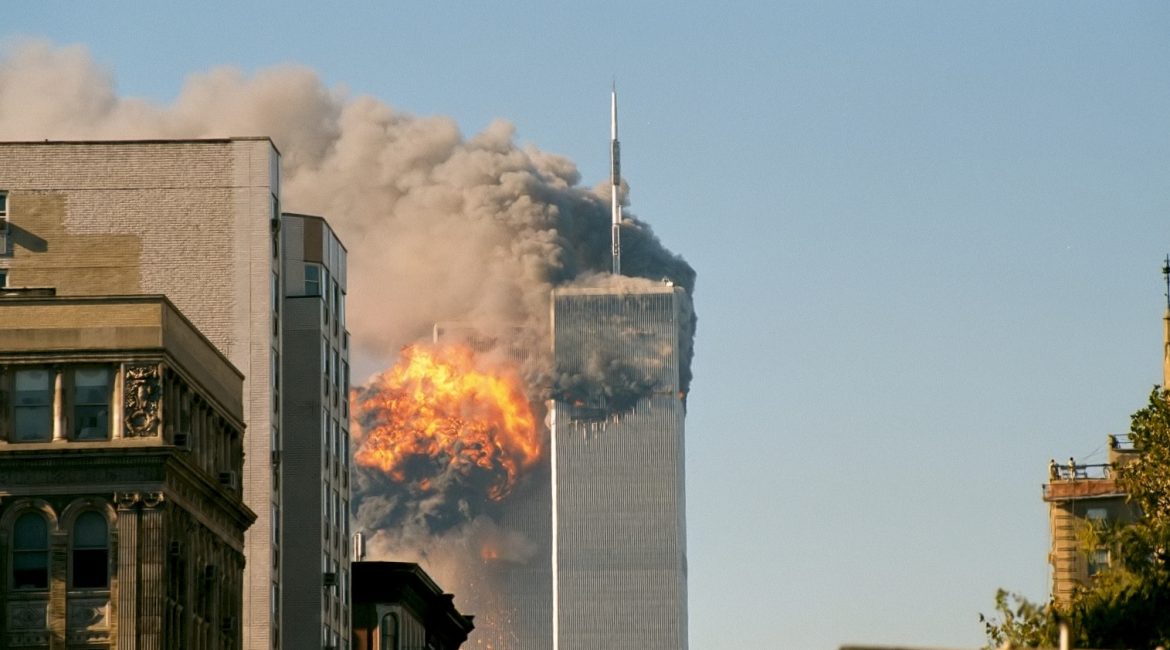Nearly a quarter century after the events of September 11, 2001 in US, the world seemed to be entering a new era of combating terrorism. The question was no longer whether it could be completely eliminated, but rather how to remain vigilant and manage its risks. A 2025 US Council on Foreign Relations study stated: "The threat (of terrorism) has not disappeared, but has shifted in form and spread geographically and ideologically." This statement sums up a quarter century of security, military, economic, and media policies that failed to eradicate the phenomenon, but did succeed in containing it and limiting its potential to cause major international shocks.
Recent reports provide a clearer picture: The 2025 Global Terrorism Index notes that ISIS and its affiliated groups remain the world's most lethal threat, with their activities extending to more than 30 countries. It also notes that the number of attacks rose for the first time since 2017, but the number of deaths declined compared to the previous decade. This dual trend reveals that terrorism is evolving into a pattern of "small, frequent attacks," which do not kill large numbers but leave a profound psychological and media impact.
Research centres such as the Center for Strategic and International Studies (CSIS) indicate that the centre of gravity of terrorism is no longer limited to Afghanistan and Iraq, but has shifted to Africa, the Sahel, and Somalia. A report issued last year stated that "70 percent of deaths resulting from terrorism in 2024 occurred in sub-Saharan Africa." These figures reveal that the battle is shifting to regions with fragile security and political conditions, where weak states and fragmented societies provide fertile ground for the spread of extremism and terrorism.
Reports issued by the International Policy Institute for Counterterrorism (ICCT) confirm, in unmistakable numbers, how ISIS remains active even after the fall of its self-proclaimed caliphate, having transformed into a complex network of territories. In a telling phrase from the report, "The territorial caliphate may be over, but the network caliphate is expanding steadily." Experts in this field are aware of this as they monitor the digital migration of extremist discourse and even new patterns of using artificial intelligence and chat-bots for recruitment.
Today, the digital space is the primary battleground. Therefore, it has become possible for someone sitting in Europe or Asia to be influenced by short video clips and decide to carry out an individual attack without any direct organizational affiliation. This phenomenon is known in security literature as "reaction and imitation attacks," and it is the most dangerous because it is unpredictable, based on quick decisions, and requires nothing more than a smartphone and an emotional message.
The figures again support this trend in reading the state of violence. Between 2020 and 2024, major, sophisticated attacks declined by 60 percent, but individual attacks rose by 35 percent in Europe and North America. This paradox means that the violent threat has become "less centralized and more chaotic."
The generational gap is also a significant factor. The post-9/11 generation no longer carries the same traumatic memories that provided a relative immunity to those who lived through the event. This is confirmed by a study published in the United States this year, which concluded that 62 percent of young people under the age of 25 do not know precise details about September 11, viewing it as merely a distant "historical event." This weakness in collective memory opens the door to new propaganda presented in contemporary garb and youthful language.
So, where does the world stand in 25 years? The major trends might be summarized as follows: Firstly, terrorism is fragmenting and dispersing, not shrinking or declining, from the centralization of Al-Qaeda to the decentralization of ISIS, then to flexible branches and manifestations in Africa and Asia, with the rise of the "lone wolf" phenomenon. Secondly, extremism is no longer transnational, but has also become internal, in forms that transcend traditional religious and sectarian frameworks. Furthermore, the digital space has become the incubating environment that compensates for the loss of ground.
What is certain is that terrorism has become a chronic disease that cannot be eradicated so easily, only its symptoms can be contained and its risks managed. The future does not bode well for the phenomenon's end, but it may witness new transformations in its forms. Specific attacks are expected to increase in areas that do not receive significant attention, at the expense of large-scale operations with a media dimension, which may attract the targeting of organizations that have begun seeking to localize their fighters. From this, one can understand Africa's transformation into the most dangerous theatre today for armed groups, with the potential continued emergence of ISIS-K as the most threatening branch. Furthermore, the interplay between local and transnational political extremism will make the confrontation more complex, as the threat will be both internal and external.

